|
"The Nervous System is self-organizing, which means that it does not need to be corrected, but rather fed lots of different options. So it can organize well. So we can organize well. And we do that by sensing the differences and by trying many many ways...."
Use the introductory time to settle (it takes a while to settle into the floor). We are process oriented, being here in a resourceful way.... Use this time on the floor to clarify your self-image, be with yourself gently, and approach your learning as a kind and supportive teacher for yourself.
0 Comments
This is a fusion of two ATM lessons. Please read the HOW TO to the right.
Lessons that focus on the breath can offer us systematic changes that may seem unrelated to the focus of the lesson. Here, you'll work with some movement, and some breath--focused on the sensations that emerge in various positions. Trying on different ways of moving and breathing can help our nervous systems adapt and respond to the moment, with new and detailed information that we feed our brains through the power of our attention!
This is a variation on Extensor and Flexor lessons similar to lesson 5 in the book Awareness Through Movement. Mostly we are lying on our backs, often with legs crossed, and arms long extended forward towards the ceiling.
A lesson incorporating elements similar to bridge, helping to clarify the midback, spine, and relationship of the movement of the pelvis, torso, and head.
50 minutes long! 5 minutes of sensing begins this meditative exploration. Taught at Momentum Climbing SODO How would you like to approach your learning? If each of these lessons is an experience in which you get to try on your learning--how would you play with that idea? A possibly challenging lesson, as all lessons are. Be mindful to make your padding for your knees wide enough that you have many options for how wide to place your knees as you move. The sound changes a bit for the second half, as my ear piece dies, but I did amplify it, so perhaps it is alright. Half of this lesson is active, half in the imagination. Position: On hands and knees, on knees, on back
This is the first lesson back in the Cottage for the winter. This is one of a series. You'll see two versions of it at least in the blog! Part of a playful series that incorporates being on hands and feet. To make this more accessible, let your knees be bent, and have two solid chairs for an option under your hands, so that you don't need to worry about bringing your hands to the earth. You may find that over time, your choices will expand.
"Always inspiring, the titles!" We commented on this during the lesson.
Equalizing effort in the muscles that flex (front body), that extend (back body); equalizing the work in the muscles between the ribs; hips and shoulders come to lie in same plane. Changes in the tone of the whole self occur. Watch for tension in the jaw, eyes, face and neck, while you do this lesson. You might learn something about some habitual work you have there. Once you notice it, rather than giving it up right away, try doing what you are doing more. How does it serve you? How does it impact your breathing? Once you know more, then try the movement without the extra work and see if that has a global impact on your sense of your self. Remember to read the How-to Less is more. If you have any current concerns, or aren't sure on the instructions, try imagining the moves first, and do so little you barely sense movement. Direction is always in relationship to you. That means, up, is in relation to your head--lying down, up is towards the wall above your head. In standing, up is towards the ceiling/sky. Two links, this week, since I paused the recording and restarted. I'll combine them again for you later.
|
HOW-TORecorded at public classes, All audio classes are now on Patreon. Please read the HOW-TO before doing a lesson. Archives
May 2023
Categories
All
|
||||||||||||||||||||||||||||||||||||||||
Heather Emanuel, GCFPSchedule Appointment
|
|

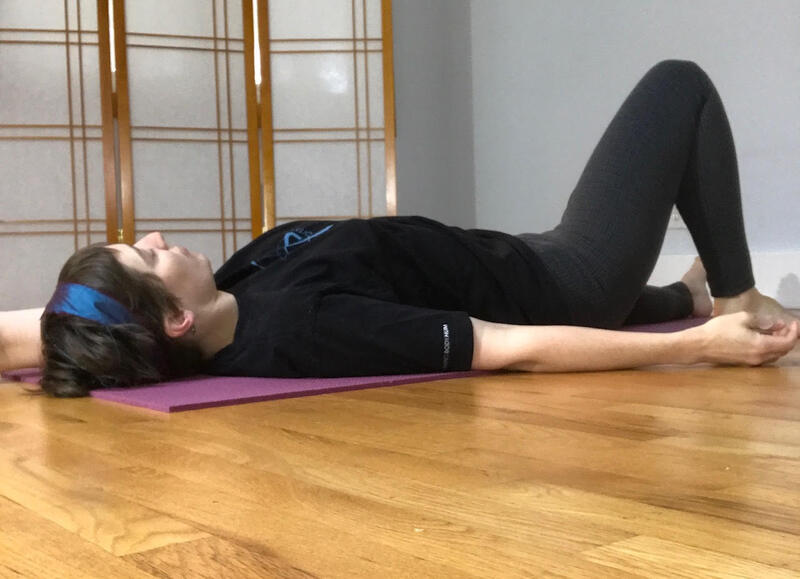
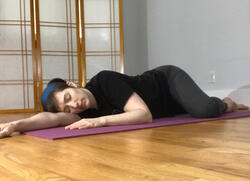
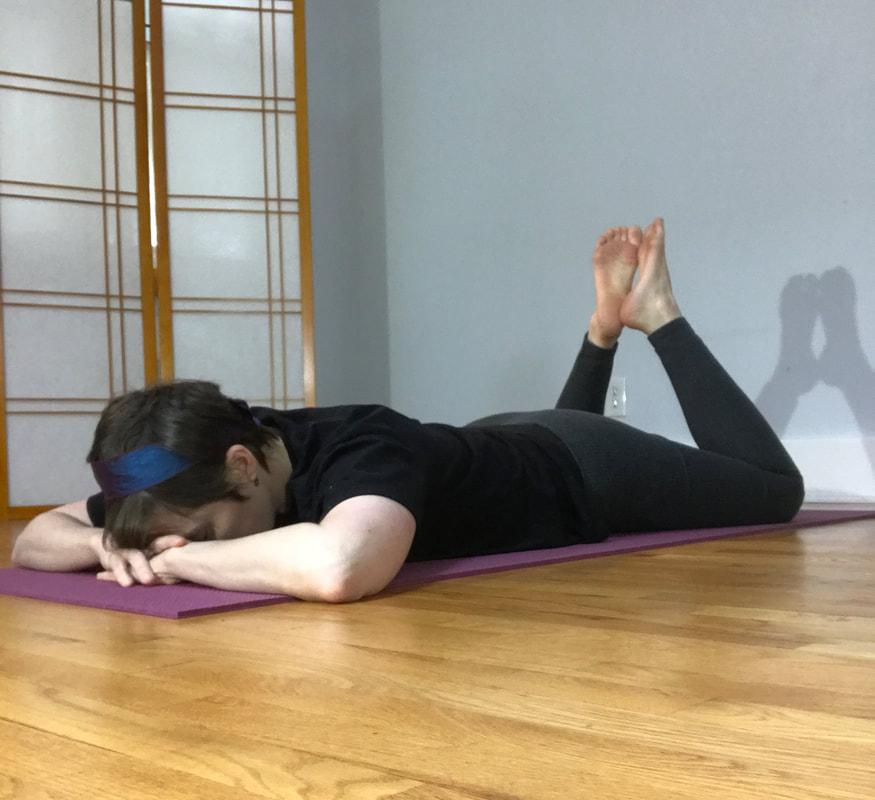
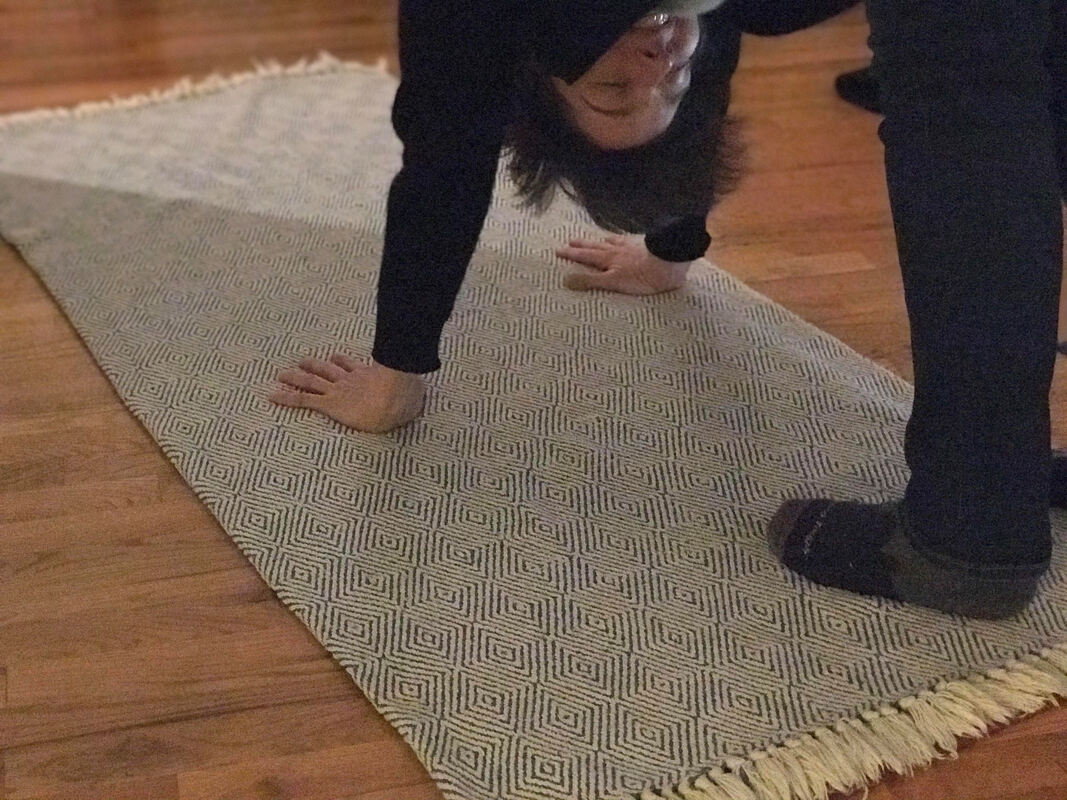
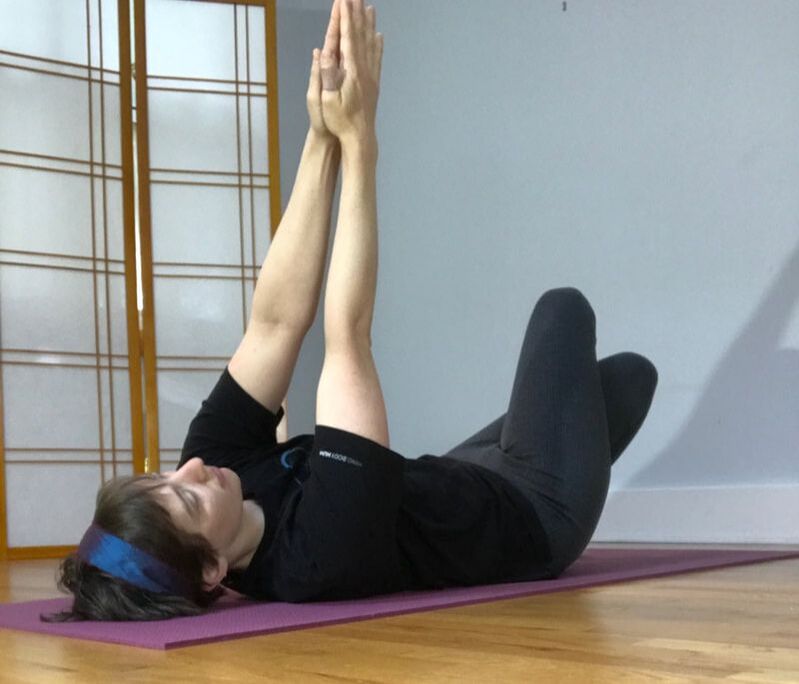
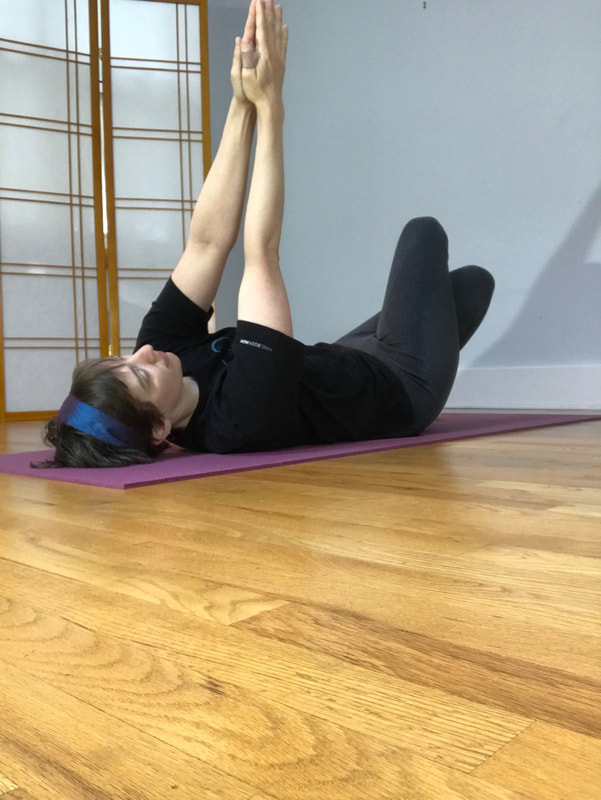
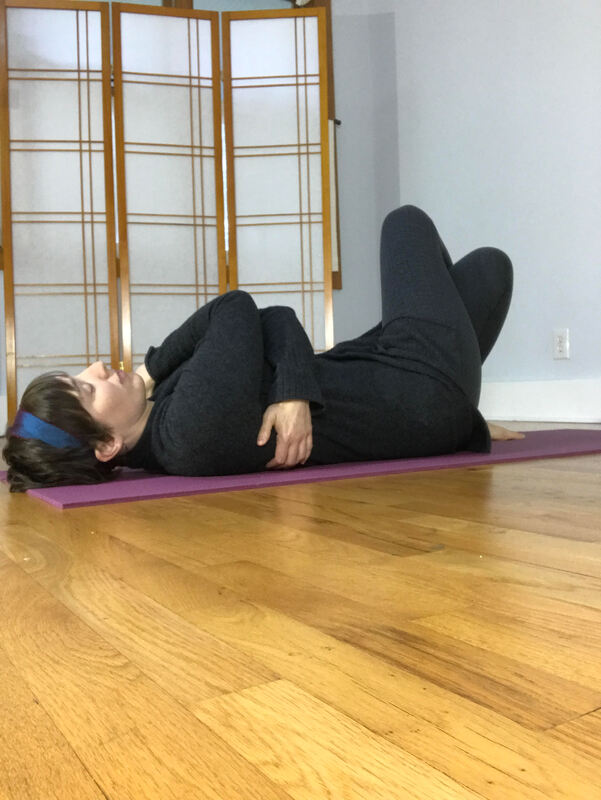
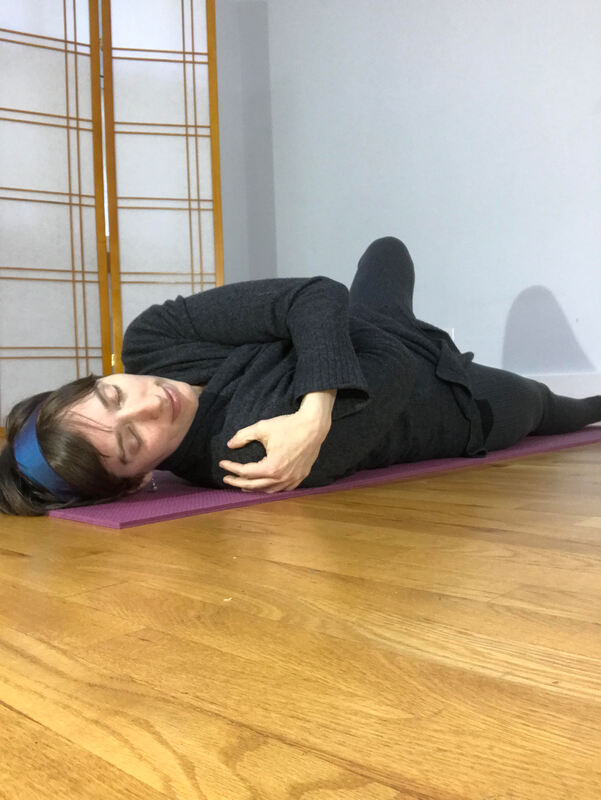
 RSS Feed
RSS Feed